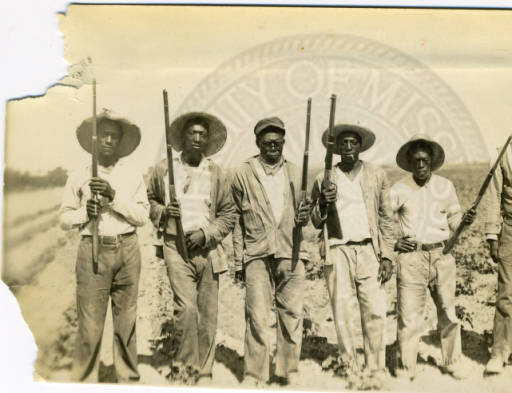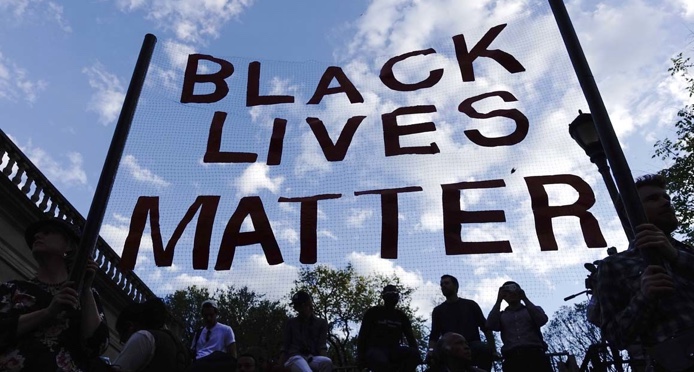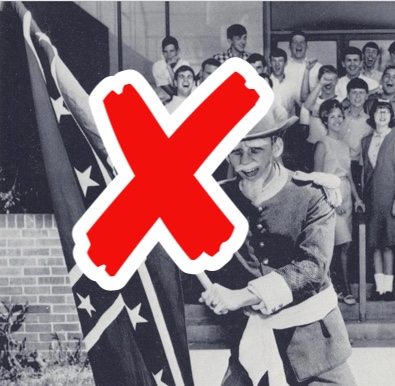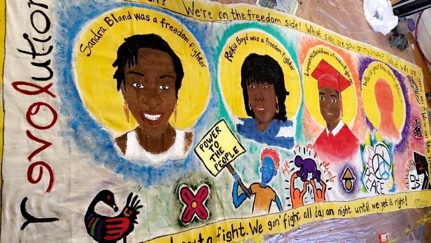Search Guides
Radical South

Racial Justice
Na Youn Lee, Drew Lefmann, and Amy Fisher: Political Efficacy in the South
Elizabeth Fielder: Creative Labor and Cooperative Art
D’Andra Orey: Does the Confederacy Make You Sick?
Patrick Elliot Alexander and Otis W. Pickett: The Prison-to-College Pipeline Program and Abolition Pedagogy
Mouse over article titles for details.
Patrick Elliot Alexander and Otis W. Pickett
Students, Teachers, Scholars, Capable:
The Prison-to-College Pipeline Program and Abolition Pedagogy
-
Worse Than Slavery: Parchman farm and the ordeal of Jim Crow justice by
Call Number: HV9475.M72 M576 1996Historian Oshinsky gives us the true story of the notorious prison, drawing on police records, prison documents, folklore, blues songs, and oral history, from the days of cotton-field chain gangs to the 1960s, when Parchman was used to break the wills of civil rights workers who journeyed south on Freedom Rides.

African-American trustee guards at Parchman, image from UM Archives.
-
Being Bad: My baby brother and the school-to-prison pipeline by
Call Number: LC2779 .L38 2014Being Bad explores such timely issues as the under-education of Black males, the place and importance of scapegoats in our culture, the on-the-ground reality of zero tolerance, the role of mainstream media in constructing Black masculinity, and the critical relationships between schools and prisons. No other book combines rigorous research, personal narrative, and compelling storytelling to examine the educational experiences of young Black males.
-
The Prison and the American Imagination by
Call Number: PS169.I47 S65 2009Exploring legal, political, and literary texts Smith shows how alienation and self-reliance, social death and spiritual rebirth, torture and penitence came together in the prison, a scene for the portrayal of both gothic nightmares and romantic dreams. The Prison and the American Imagination offers a passionate and haunting critique of the very idea of solitude in American life.
Na Youn Lee, Drew Lefmann, and Amy Fisher

Political Efficacy: Is There a Racial Divide?
-
Perceptions of the public’s voice in government and politicsPew Research; political efficacy concept
D’Andra Orey
Does the Confederacy Make You Sick?
Explore Articles

Elizabeth Fielder
Creative Labor and Cooperative Art: Collectivity in the 1960s South
Books about Protesting
-
The Art of Protest: Culture and activism from the civil rights movement to the streets of Seattle by
This book looks at the aesthetic cultural artifacts (such as poetry, murals and music) that are created by and deployed within movements. To explore how activists create distinct subcultures, which in turn shape the dynamics of their movements and mainstream culture, Reed examines the artistry of nine social movements in the United States. -
The Art of Moral Protest: Culture, Biography, and Creativity in Social Movements by
Call Number: HN17.5 .J37 1997Jasper integrates diverse examples of protest—from nineteenth-century boycotts to recent movements—into a distinctive new understanding of how social movements work. Jasper highlights their creativity, not only in forging new morals but in adopting courses of action and inventing organizational forms. -
The Interventionists: Users' manual for the creative disruption of everyday life by
Call Number: N6487.N67 M36 2004Art made to attach to buildings or to be given away? Wearable art for street demonstrations or art that sets up a booth at a trade show? This is the art of the interventionists, who trespass into the everyday world to raise our awareness of injustice and other social problems. These artists don't preach or proselytize; they give us the tools to form our own opinions and create our own political actions.

For the People artists collective (FDP) artists Tita Thomas & Vicko Alverez
Articles about Collectives